About this blog: Kibber is one of the most famous villages in Spiti Valley famous for sightings of snow leopards. On our trip to Spiti Valley, we visited this village along with two other remote villages – Gette and Tashigang (this has the world’s highest polling station). Read this blog to know about Kibber, Gette and Tashigang – how to get there, what to do and where to stay.
Imagine traveling to one of the highest villages in the world that looks just like it had come out of a picture postcard. Or visiting a village so remote where a mobile network is a luxury. Imagine traveling through a road (it was just a dirt track there) with nothing in view for a long time – only the mountains and emptiness! Wouldn’t it be an exciting journey? It was surely for us. Visiting Kibber, Gette and Tashigang villages in Spiti Valley was one of the most memorable parts of our entire Spiti Road trip. And what a road trip it was!

After visiting the highest suspension bridge in Asia, we continued our journey through the rugged terrains of Spiti towards Kibber village, which is also the home of the endangered snow leopards. Of course, we did not get to see one, because you have to visit Kibber in the harsh and cold winter to get a glimpse of these elusive snow leopards. Even without them, Kibber was an exciting visit and so was Tashigang. So here is an account of our experience on visiting a few of the highest villages in the world.
Reaching Kibber
We had started from Langza that day and after visiting Chicham Bridge, we continued our journey towards Kibber village.
Did you know? Chicham Bridge is the highest suspension bridge in Asia connecting Kibber and Chicham village.
Kibber is only 4 km from Chicham bridge. It was thrilling to drive on these roads. There were mountains on one side and on the other side, we saw the spectacular sights of the valleys. Soon we reached Kibber village, which was a beauty in itself.
Kibber

Kibber is one of the most famous and popular destinations in Spiti Valley. Located at an altitude of 14,110 feet above the sea level, Kibber is said to be one of the highest villages in the world connected by motorable road. The designation of the highest one goes to Komic in Spiti. It was once the highest polling station in India, before losing the position to Tashigang village in Spiti Valley. But Kibber is mostly known for it being the home of the magnificent snow leopards. The Himalayan Snow Leopard Research Centre at Kibber is instrumental in conservation of these elusive and endangered species of leopards.

Kibber village is beautiful, surrounded by majestic mountains and captivating landscape. The Tibetan style stone and brick houses with red windows and blue doors in Kibber village looks pretty. The village has a population of about 400 people and has a school, post office, health center, PWD rest house and an ancient monastery.

But the wealth of Kibber is in its natural beauty. The Kibber Wildlife Sanctuary is located around the village and is home to several high-altitude animal species like the Himalayan Ibex, Tibetan Wild Ass, Blue Sheep, Himalayan Wolf, Tibetan Woolly Hare and of course, the snow leopards. Several Himalayan Birds such as griffons, bearded eagles and snow cocks are also found here. This wildlife sanctuary is one of the few ones that is located in a cold desert.
There are several trekking trails around Kibber village. The famous Kanamo Peak Trek and the Parang La Trek starts from Kibber village. So, this is a place that can captivate nature lovers, wildlife enthusiasts and trekking enthusiasts as well.
Historical Significance of Kibber

The residents of Kibber follow Tibetan Buddhism. However, the village has a special significance for the Buddhist. Serkong Rinpoche, the teacher of the current His Holiness the Dalai Lama had breathed his last here.
There was also an ancient trade route between Spiti Valley and Ladakh across the Parang La Pass. This route crosses through Kibber. Today the famous Parang La Pass trek starts at Kibber.
The Village

The village looked quaint. The striking features were the houses of the village. It looked stacked on one another. When we reached the village, we hardly saw any people on the road. Most of them had perhaps gone to their fields or work. Even the shops were closed. We roamed around the village for some time hoping to catch any person, but we did not see anyone.
The village is small and if you want to explore it, you can do so in 20 to 30 minutes.

So, we moved forward till we came to a place that looked like a viewpoint. A stupa was being constructed there. Finally, we saw a few construction workers and local people there working on the stupa. The locals pointed us towards the Kanamo Peak and the way towards Parang La. We took some photographs and conversed with them and then started our journey towards Tashigang village. But before leaving, we asked for directions towards Tashigang because the internet was weak there. And I was quite sure that we would not get any network further down the way.
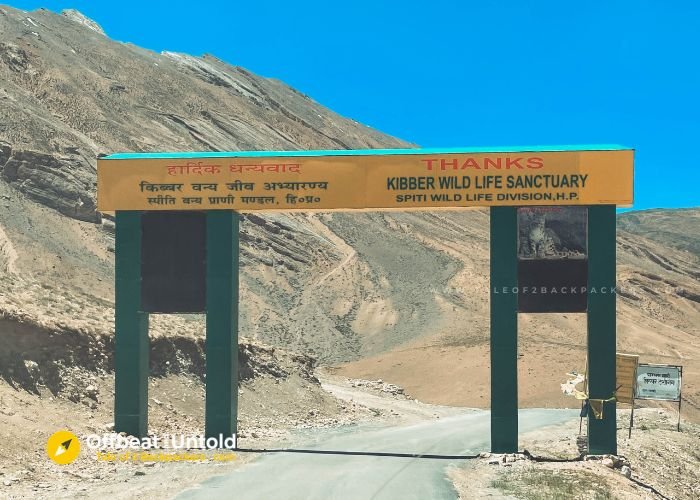
Kibber is also known for its marine fossils just like Langza. If you want to know why marine fossils are found in a Himalayan village, head towards our blog on Langza. We have explained it there.
Towards Gette
Well, Gette is just a small village on the way towards Tashigang. It is beautiful with just a few houses in the midst of a vast expanse of valleys and meadows. The village looks beautiful with the surrounding mountain peaks. If you wish, you can stop at Gette village and explore it.

After leaving Kibber, we drove towards Tashigang. We continued driving through the roads until there were no roads at all. There was only a dirt track in the middle of nowhere. We could see the mountains at a distance that looked quite intimidating. After driving for about 30 minutes and still not finding any village on the way, we were skeptical of the route we were taking. However, there was nobody on the road to whom we could ask for directions, and Google Maps were not working either.
And Then we Saw Ibex
We stopped for a photo break and then decided to continue driving further. Because there was supposedly only one way to go further.
As we were driving, we suddenly saw a few ibex on the meadows. We just had to stop our car and take a proper look at them. Agni took his camera to get some good pictures of the ibex and I tried to get a few videos of them.



Gette
After the excitement of seeing the ibex, we kept on driving and after a few minutes, we finally saw a small settlement. That was Gette village. There were two small water bodies that looked quite pretty. Once again we stopped for pictures. We could see Gette at a distance, but here too, there was not a single person we could see.


We decided not to stop here for long and continue towards Tashigang. I was actually more interested to see the highest polling station in the world.
Tashigang

Once again, the roads were empty. We seemed to be the only people traveling towards Tashigang that day. There were a few twists and turns and magnificent views of the mountains. Driving for another 30 minutes, we finally got the glimpse of Tashigang village.
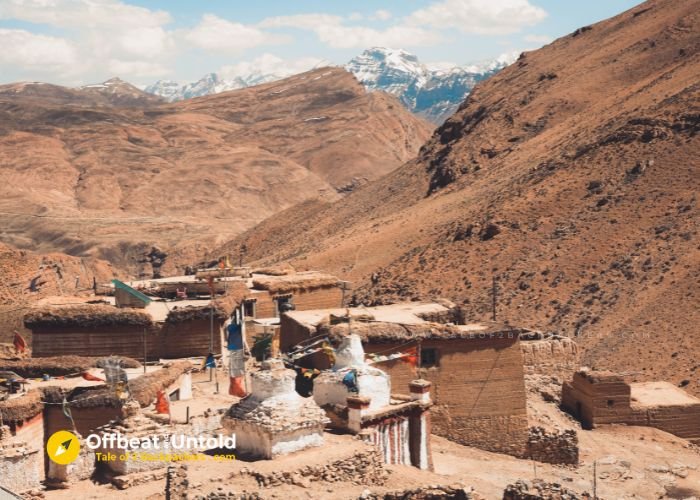
There were only a few houses that could be seen from a distance and a structure that looked like a monastery.
Located at an altitude of 4650 m (15,256 feet), Tashigang in Spiti has the distinction of having the highest polling station in the world. The village is a small one and we could see only 3 to 4 houses there. As we reached Tashigang, this village too looked like an abandoned place.
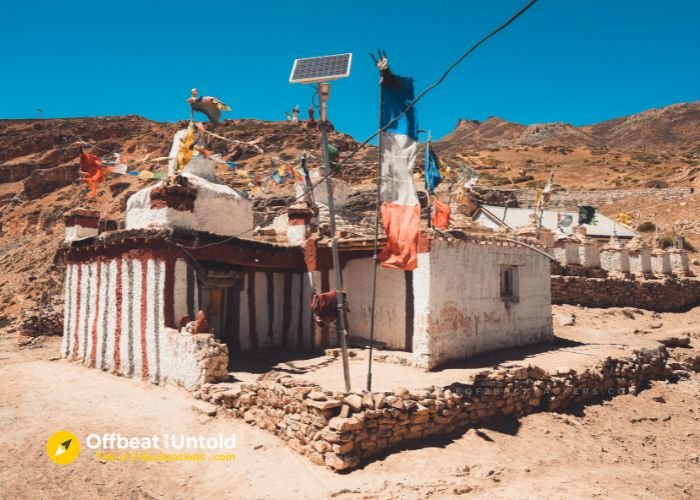
Nevertheless, we went around exploring the small village. It was cold and windy there in spite of it being sunny.
There was a monastery in the middle of the village and as we explored the village, we also found a primary school.


Highest Polling Station in the World
I presumed that the school was the polling station. However, I came to know that it served as the polling station earlier. A new building was built a few meters ahead of the village which now serves as the highest polling station in the world.
Tashigang in Spiti has 52 registered voters, out of which 30 are male and 22 females. In the November 2022 Assembly elections, there was 100% turnout of the voters as reported by the Official Twitter Handle of the Chief Electoral Officer, Himachal Pradesh.

Just as we were leaving, we met one villager coming back from the field. He invited us for tea and we chatted with him for sometime over a cup of tea. He also runs the only homestay in Tashigang called Blue Sheep Homestay. Since there was no mobile network there, I do not think you can call ahead for booking it. It is a small village and hardly few people visit there. So, you will probably not find it difficult to find a room for staying at Tashigang.
The Indo-China border is only 30 km from Tashigang.

Tashigang to Key
After spending some time at Tashigang, we started our journey back towards Key village. We were yet to visit Key Gompa and that was going to be our last stop for the day.

As we were driving back, this time we met two ladies on the road who were selling local liquor. We stopped there for some time to chat with them. They offered us liquor and refused to take money from us. They just wanted a drink with us!
When I asked them for a photograph, one of the ladies cheekily said, “Don’t put us on YouTube”. Well, it seemed that YouTube content creators had already made them famous there.

By the time we reached Key Monastery, it was almost 4 PM. We went to explore the monastery which you can read in our next blog on Key Gompa.
Some Information on Kibber, Gette and Tashigang
How to Reach Kibber?
Kibber is about 20 km from Kaza, the main town of Spiti Valley and will take about 30-40 minutes to reach. You can visit Kibber by hiring a car or by driving our own car or riding your bike.
For those looking for public transport, there is a local HRTC bus plying from Kaza to Kibber every evening at 4 PM. The bus returns back to Kaza the same day.

Where to Stay at Kibber?
Kibber does not have hotels or guest houses. There are several homestays there where you can stay. These homestays are basic but comfortable and clean. Here are a few recommendations.
- Norling Homestay (Contact: +91 9418556107)
- Deshek Homestay (Contact: +91 7650074070)
- Kanamo Home Stay (Contact: +91 9459053363)
- Tanzin Home Stay (Contact: +91 9418720036)
What is the Best Time to Visit Kibber?
The best time to visit Kibber depends on what you plan to do when you visit there. If you are just a tourist traveling to Spiti Valley, then the best time to visit is between June to September which is also the best time to visit Spiti Valley.
However, if you are a wildlife enthusiast wanting to have a glimpse of the snow leopard then you have to visit during the winter months.

Kibber during the winters
Winters are harsh and very cold in Spiti Valley. The temperature can drop to 10 degree Celcius below Zero. If you are visiting Kibber during winter, then you might have to get a 4X4 vehicle from Kaza. Due to the snow, local buses will no longer ply and it will be difficult to drive in regular vehicles.
How to reach Tashigang?
Tashigang is about 32 km from Kaza and would take about 90 minutes to reach. You have to take a car from Kaza that will cross Kibber and Gette. I don’t think there is any public transport to Tashigang.
Usually, tashigang is visited as a day trip from Kaza along with Key, Kibber and Chicham.
Where to stay at Tashigang?
There is only one homestay at Tashigang as of now called Blue Sheep Homestay.
Are there mobile connections at Kibber and Tashigang?
You might find a network at Kibber village. Usually BSNL works. We had a very patchy network on Airtel and Jio. Beyond Kibber, there was no network, both on Airtel and Jio. Even BSNL does not work.
Are there ATMs at Kibber and Tashigang?
There are no ATMs at Kibber and Tashigang. You have to get your cash from Kaza.

In Conclusion
It was a day of superlatives when we visited Chicham Bridge, Kibber, Gette and Tashigang. The journey was thrilling and the destination beautiful. This was one such trip where the beauty of the landscape had us totally mesmerized.

Did you like this post? Have you visited Spiti Valley? Please share with us your experience there in the comments below.
Are you planning to visit Spiti Valley? We have some blogs that can help you plan your trip. If you have any further questions, please ask us in the comments below or simply email us.
If you liked this post, please share it with your family, friends and neighbors.

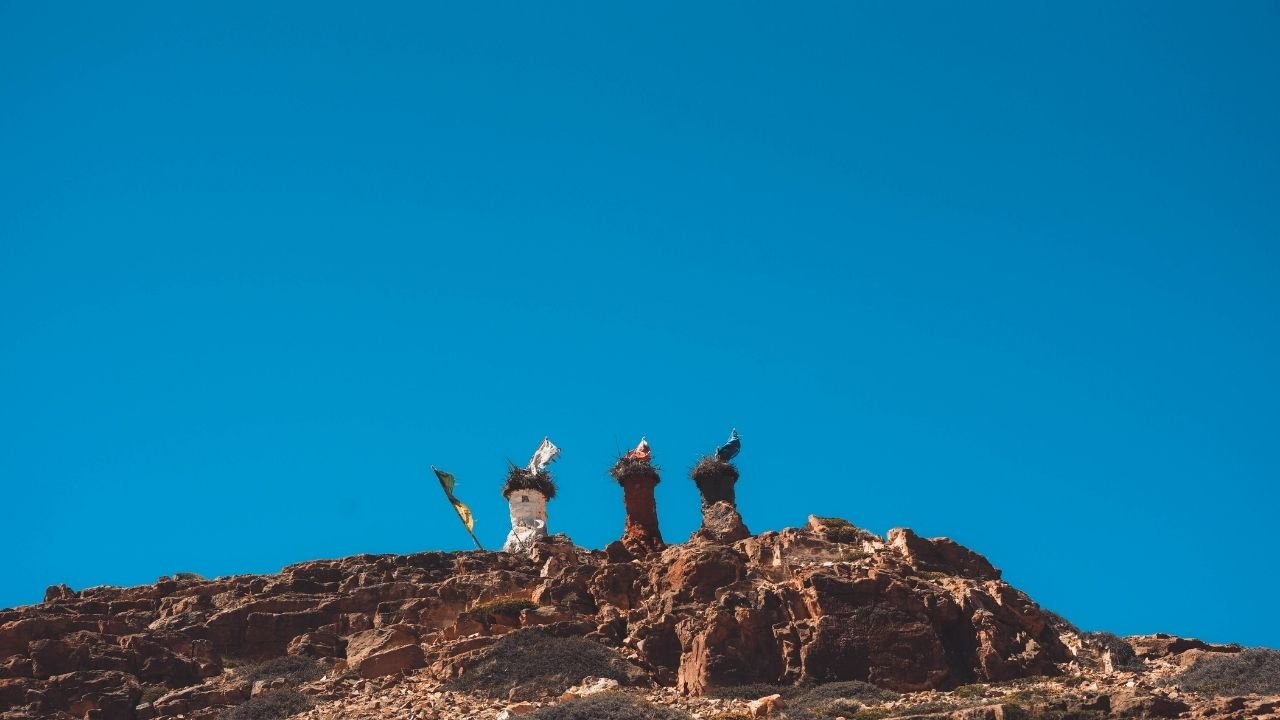

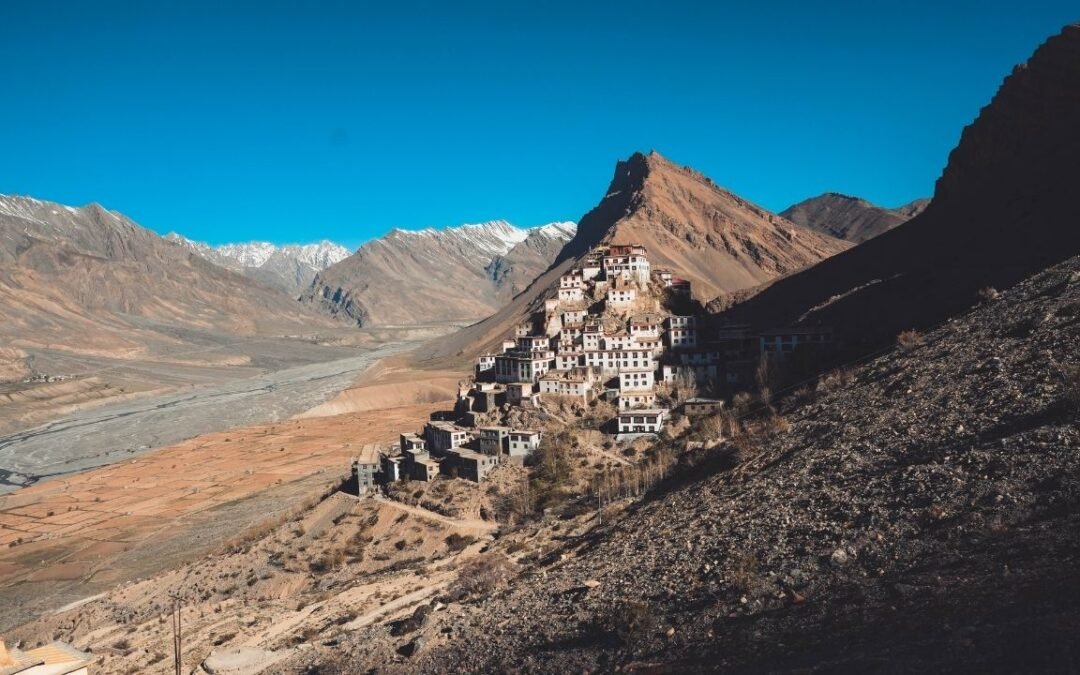
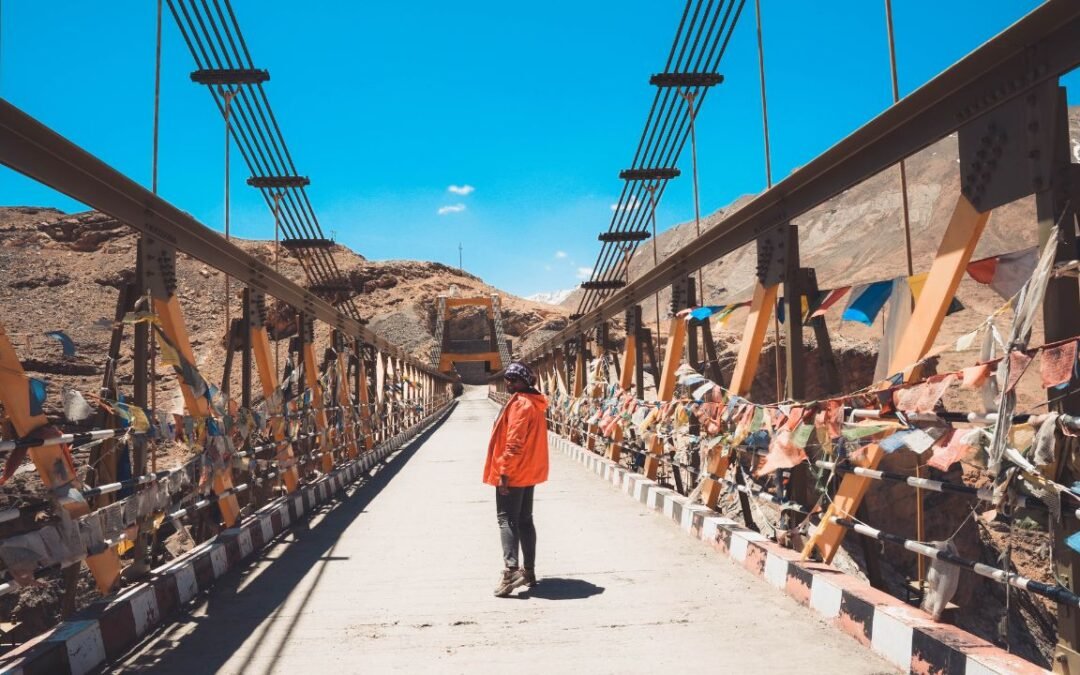
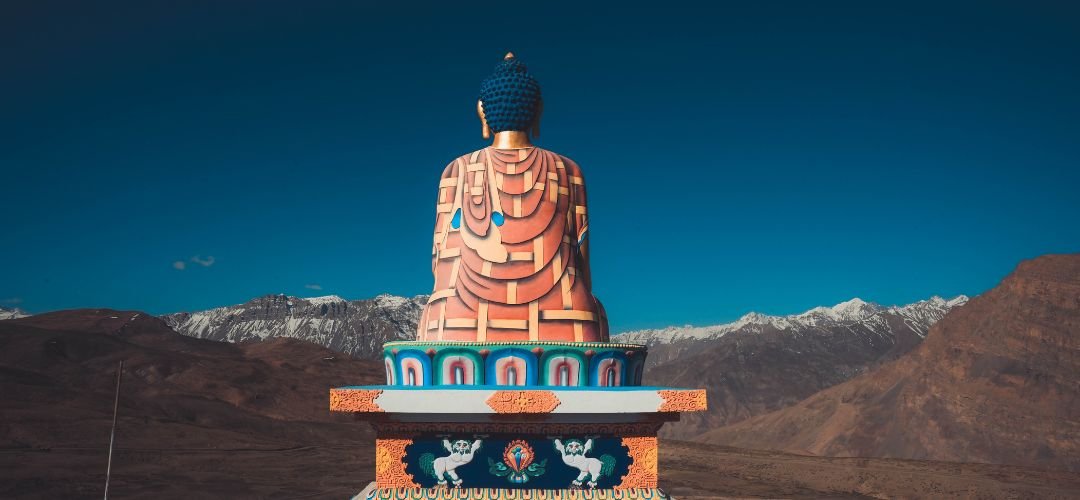
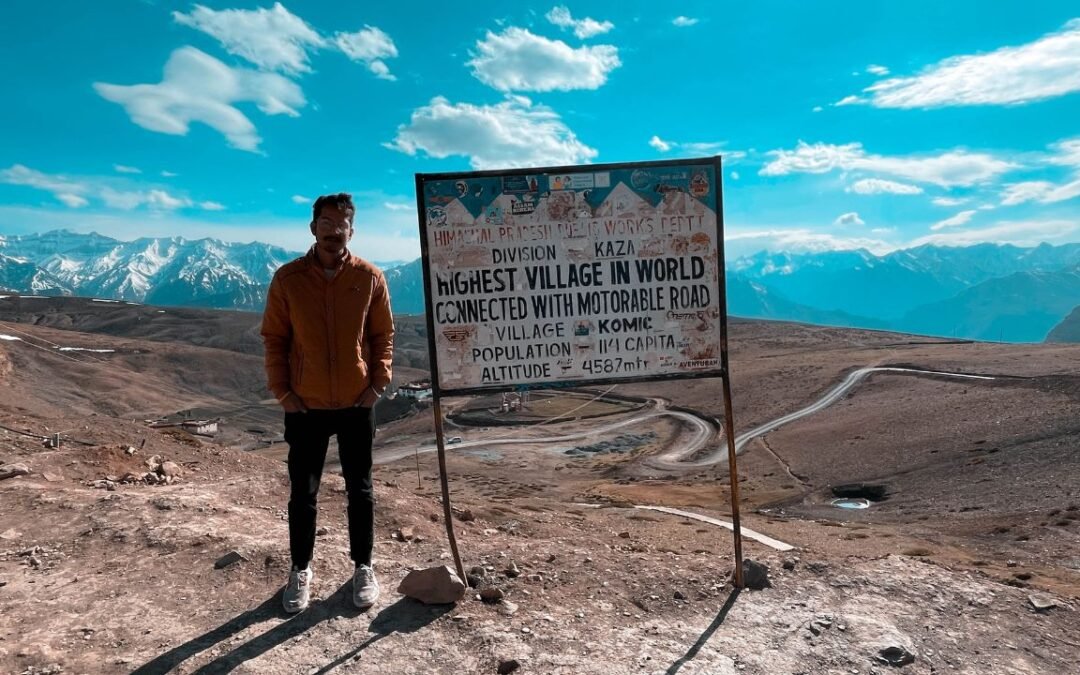
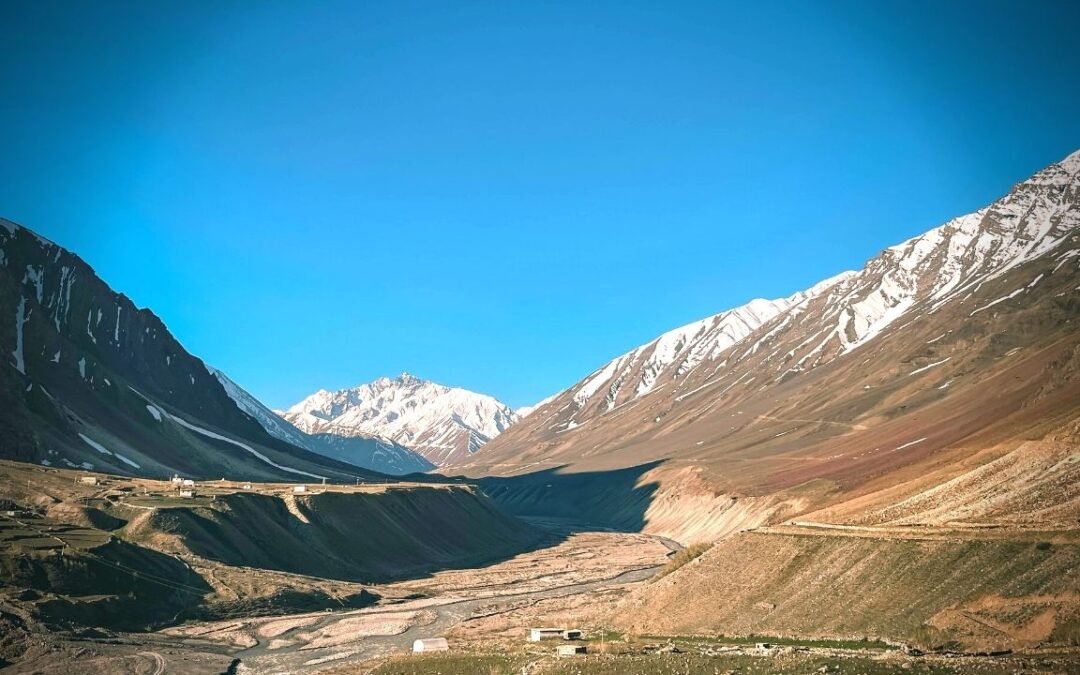
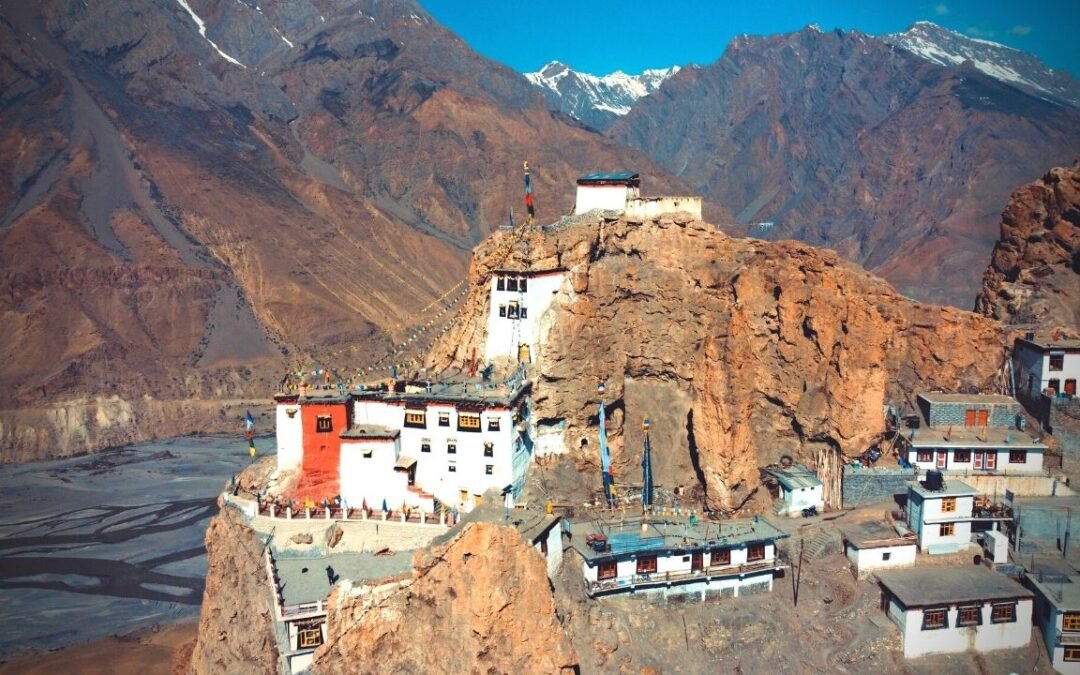
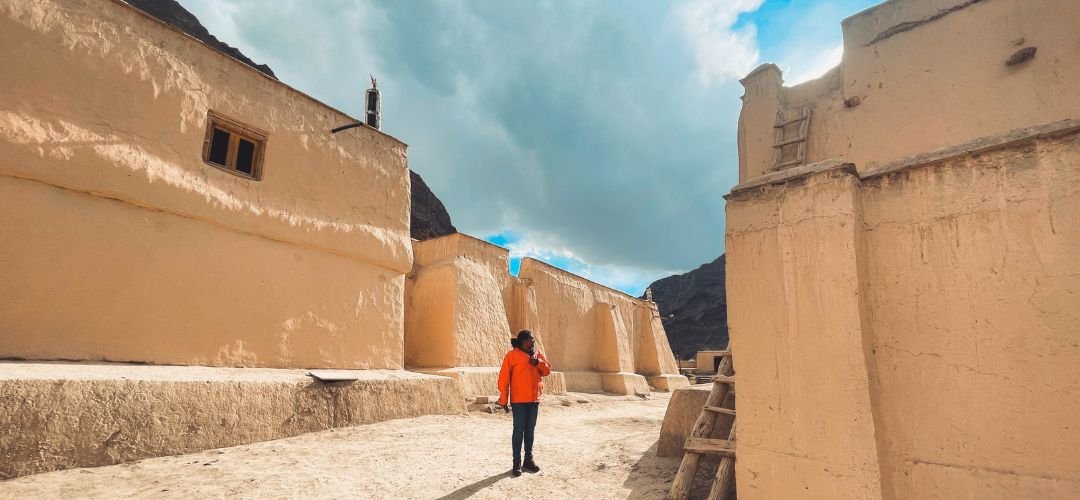
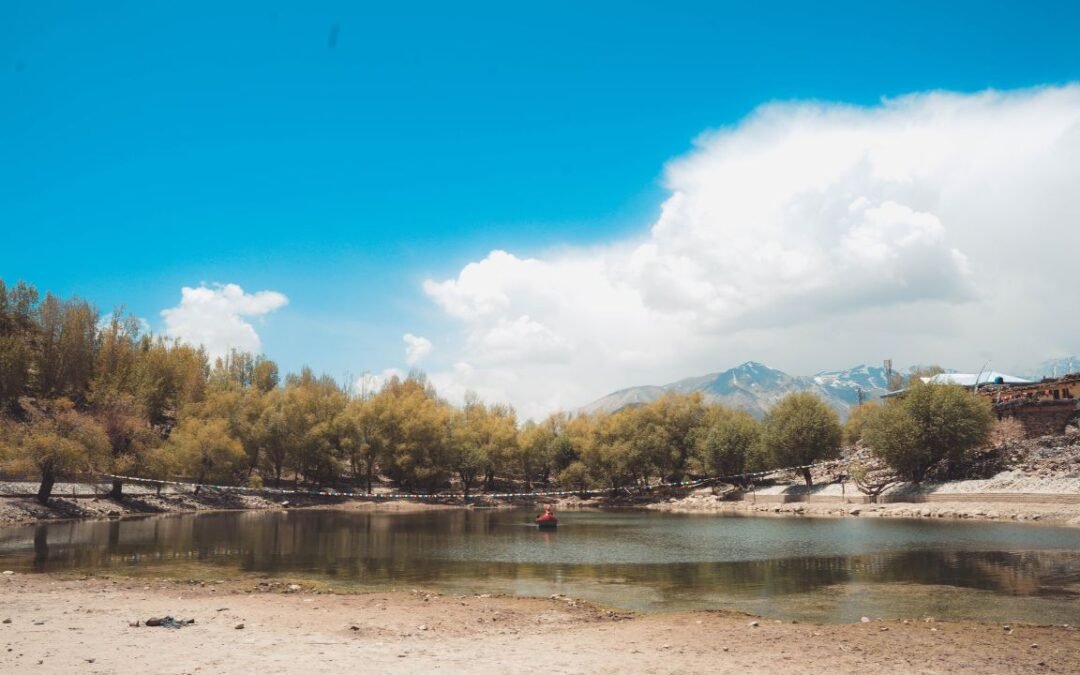
0 Comments